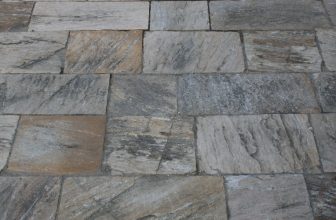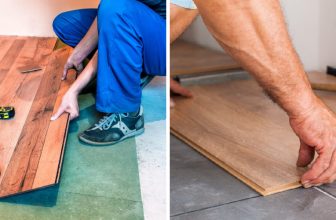How to Prevent Moisture Problems on Concrete Floor
Moisture problems on concrete floors can be an annoyance for homeowners and business owners alike. If left untreated, moisture can cause the concrete to crack and deteriorate, leading to costly repairs or even having to replace it entirely.
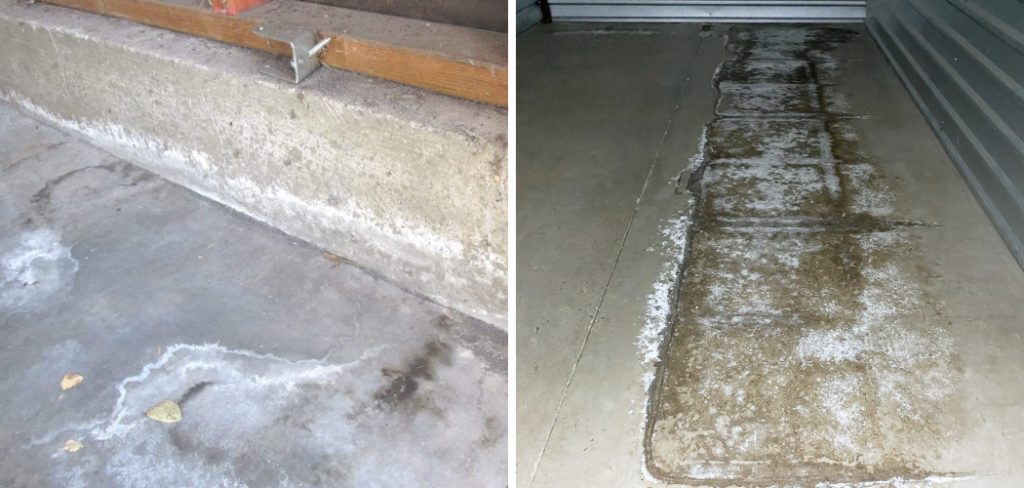
Fortunately, there are many ways you can reduce and prevent moisture from damaging a concrete floor. In this blog post on how to prevent moisture problems on concrete floor, we will discuss some effective tips for preventing damage caused by excess moisture on your concrete floors in both commercial and residential properties. So whether you’re dealing with existing issues or hoping to nip them in the bud before they start, read on!
Necessary Materials
Given below are some materials that you may need to carry out the steps listed in this blog post:
- Water-based sealant
- Concrete waterproofing products
- Dehumidifier
- Moisture barrier
- Gravel or crushed stone
- Plastic sheeting
11 Step-by-step Guidelines on How to Prevent Moisture Problems on Concrete Floor
Step 1: Proper Construction and Site Preparation
One of the most important aspects of preventing moisture problems on concrete floors is ensuring proper construction and site preparation. Before pouring the concrete, make sure the ground is properly leveled and compacted.
Any soft spots or organic materials should be removed to ensure a solid foundation for your concrete. It’s also important to consider the slope of the surrounding landscape and ensure proper drainage away from your concrete floor.
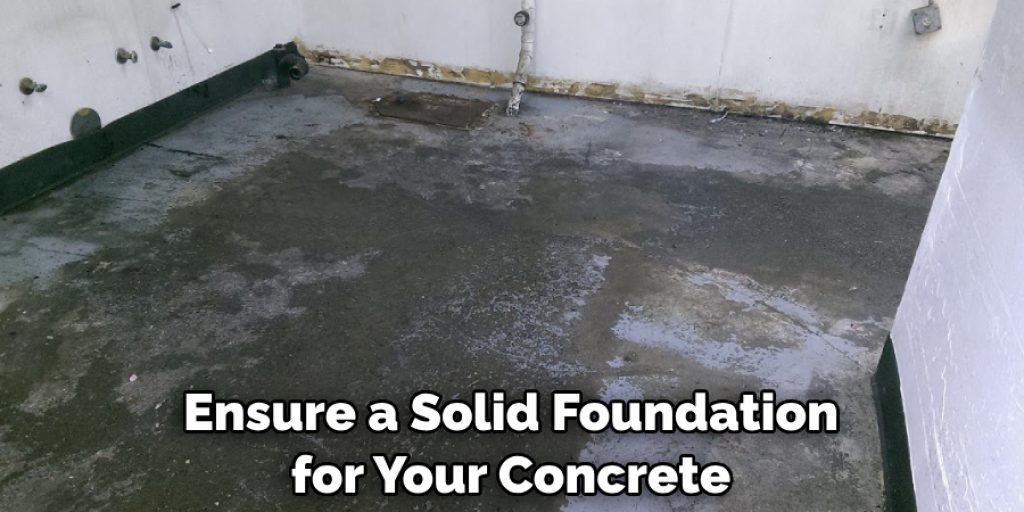
Step 2: Use Water-based Sealant
Sealing your concrete floor with a water-based sealant is an effective way to prevent moisture from seeping through the surface. This type of sealant creates a protective barrier that prevents water from penetrating into the concrete. It’s best to apply a water-based sealant right after the concrete has cured, as this will help extend its lifespan and reduce the risk of moisture damage.
Step 3: Apply Concrete Waterproofing Products
In addition to using a water-based sealant, you can also apply concrete waterproofing products to further protect your concrete floor from moisture. These products work by creating a waterproof barrier on the surface of the concrete that prevents water from seeping through.
Step 4: Use a Dehumidifier
If you live in an area with high humidity levels, using a dehumidifier can help reduce moisture in the air and prevent it from causing damage to your concrete floor. This is especially important for basements or other below-ground-level areas where moisture tends to accumulate. However, it’s important to regularly clean and maintain your dehumidifier to ensure it is working effectively.
Step 5: Install a Moisture Barrier
A moisture barrier is a layer of material placed between the ground and your concrete floor. It helps prevent moisture from rising up through the ground and reaching your concrete. There are various types of moisture barriers available, such as plastic sheeting or specialized coatings. It’s best to consult with a professional to determine the most suitable option for your specific situation.
Step 6: Allow Proper Curing Time
After pouring concrete, it’s important to allow sufficient time for it to cure before exposing it to heavy foot traffic or other stressors. Curing time can vary depending on the type of concrete, but it’s generally recommended to wait at least 28 days before subjecting it to heavy use.
Step 7: Use Proper Drainage Systems
As mentioned earlier, proper drainage is crucial for preventing moisture problems on your concrete floor. Be sure to install adequate drainage systems such as gutters and downspouts around your property, especially if your concrete floor is at risk of being exposed to excess water.
Step 8: Use Gravel or Crushed Stone
If you’re pouring a new concrete floor, consider using gravel or crushed stone as a sub-base layer. This will help with drainage and reduce the amount of moisture that reaches your concrete. It also provides a solid base for the concrete to adhere to. But be sure to use a well-graded gravel or crushed stone to ensure proper drainage.
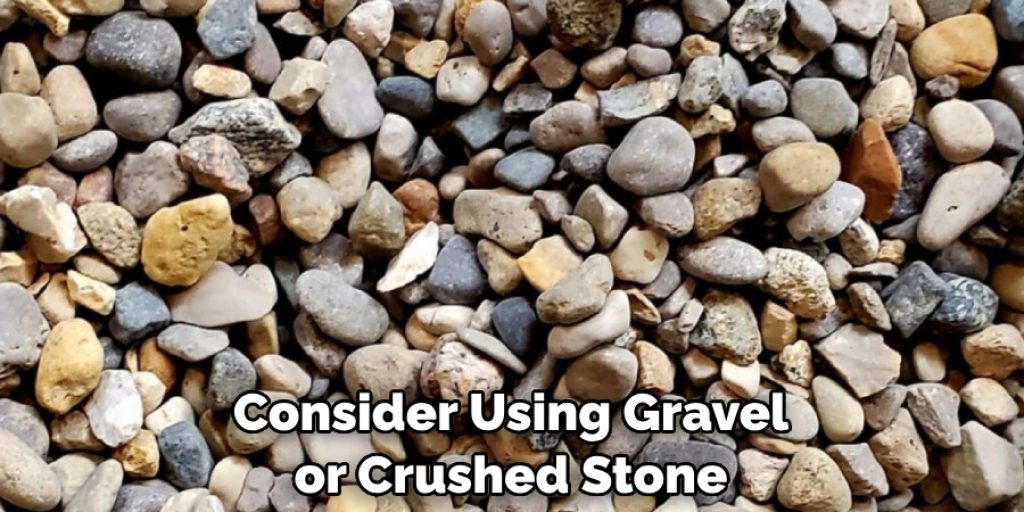
Step 9: Monitor Water Sources
It’s important to monitor any potential sources of water near your concrete floor. This could include leaky pipes, clogged gutters, or poor outdoor drainage. By addressing these issues promptly, you can prevent excess moisture from reaching and damaging your concrete. It’s a good idea to regularly inspect these water sources to ensure they are functioning properly.
Step 10: Maintain Proper Ventilation
Proper ventilation is crucial in preventing moisture problems on concrete floors. Make sure areas with concrete floors have adequate ventilation, such as windows or vents, to allow moisture to escape and prevent it from accumulating. It’s also important to use exhaust fans to reduce humidity levels in areas like bathrooms and kitchens.
Step 11: Regularly Inspect and Maintain Your Concrete Floor
Lastly, it’s important to regularly inspect and maintain your concrete floor. Look for any signs of moisture damage, such as cracks or discoloration, and address them promptly. Regular cleaning and sealing can also help extend the lifespan of your concrete floor and prevent moisture problems.
With these 11 steps, you now have a comprehensive guide on how to prevent moisture problems on concrete floors. By following these tips, you can protect your investment and ensure your concrete floors remain in good condition for years to come. Remember, prevention is key when it comes to moisture damage, so don’t wait until it’s too late to take action.
Frequently Asked Questions
Q1. How Does Moisture Damage Concrete Floors?
A1. Excess moisture can cause the concrete to crack and deteriorate, leading to costly repairs or replacement. It can also lead to mold and mildew growth, which can be harmful to both the concrete and your health.
Q2. Can You Use a Concrete Floor in Areas with High Humidity?
A2. Yes, you can use a concrete floor in areas with high humidity, but it’s important to take preventive measures such as sealing and waterproofing to protect against moisture damage. Regular maintenance and proper ventilation also play crucial roles in preventing moisture problems.
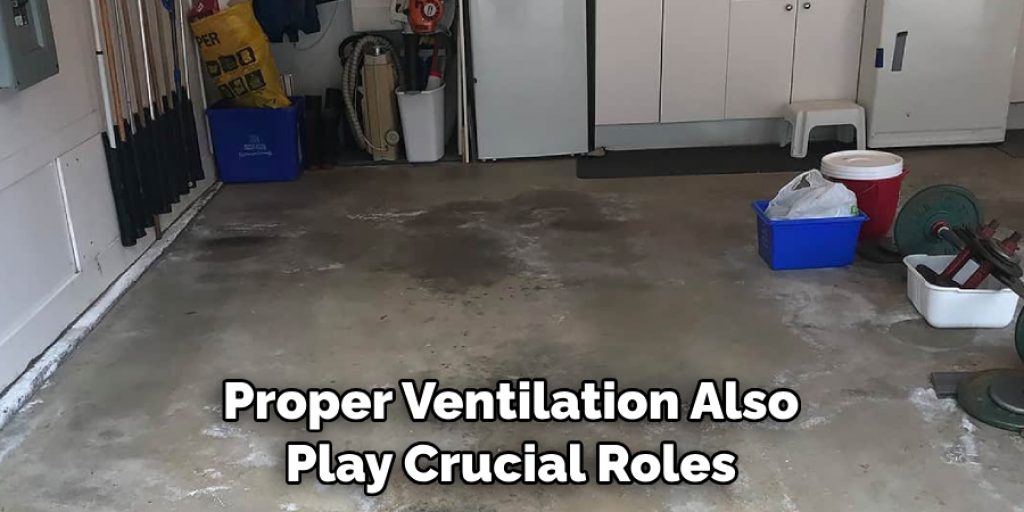
Q3. How Often Should I Seal My Concrete Floor?
A3. It’s recommended to seal your concrete floor every 1-3 years, depending on the amount of foot traffic and exposure to moisture. However, it’s always best to consult with a professional for specific recommendations based on your individual situation.
Q4. Can I Use a Concrete Floor in Basements or Below-Ground-Level Areas?
A4. Yes, you can use a concrete floor in basements or below-ground-level areas, but it’s important to properly seal and waterproof the concrete to prevent moisture from seeping through. Installing a moisture barrier and using proper drainage systems are also crucial for these types of areas.
Additional Tips
- Keep All Potential Sources of Water Away From Your Concrete Floor, Such as Sprinklers or Outdoor Hoses.
- If You Notice Any Cracks or Other Signs of Moisture Damage on Your Concrete Floor, Address Them Promptly to Prevent Further Issues.
- Avoid Using Harsh Chemical Cleaners on Your Concrete Floor, as They Can Damage the Sealant and Increase the Risk of Moisture Problems. Stick to Mild Detergents and Warm Water for Cleaning.
- Consider Installing a Moisture Alarm or Using a Moisture Meter to Regularly Check for Excess Moisture on Your Concrete Floor. This Can Help You Catch Any Issues Early on and Prevent Costly Damage.
Frequently Asked Questions
Q1. How Long Do Concrete Floors Last?
A1. With proper maintenance and care, a concrete floor can last for decades. However, its lifespan may vary depending on factors such as the quality of the concrete, exposure to moisture, and amount of foot traffic. It’s important to regularly inspect and maintain your concrete floor to ensure its longevity.
Q2. Will Sealing My Concrete Floor Prevent All Moisture Damage?
A2. While sealing can significantly reduce the risk of moisture damage, it’s not a foolproof solution. Other preventive measures such as proper drainage, ventilation, and moisture monitoring should also be taken to fully protect your concrete floor.
Q3. Can I Repair Moisture Damage on My Concrete Floor?
A3. It depends on the extent of the damage and how early it is caught. Small cracks or discoloration can often be repaired with concrete patching materials, but extensive damage may require professional repair or even replacement of the affected area.
Q4. Is There a Difference Between Sealing and Waterproofing a Concrete Floor?
A4. Yes, there is a difference. Sealing involves applying a protective layer on the surface of the concrete to prevent moisture from seeping through while waterproofing involves adding a barrier or membrane beneath the concrete to prevent moisture from reaching it. It’s recommended to use both sealing and waterproofing techniques for optimal protection against moisture damage.
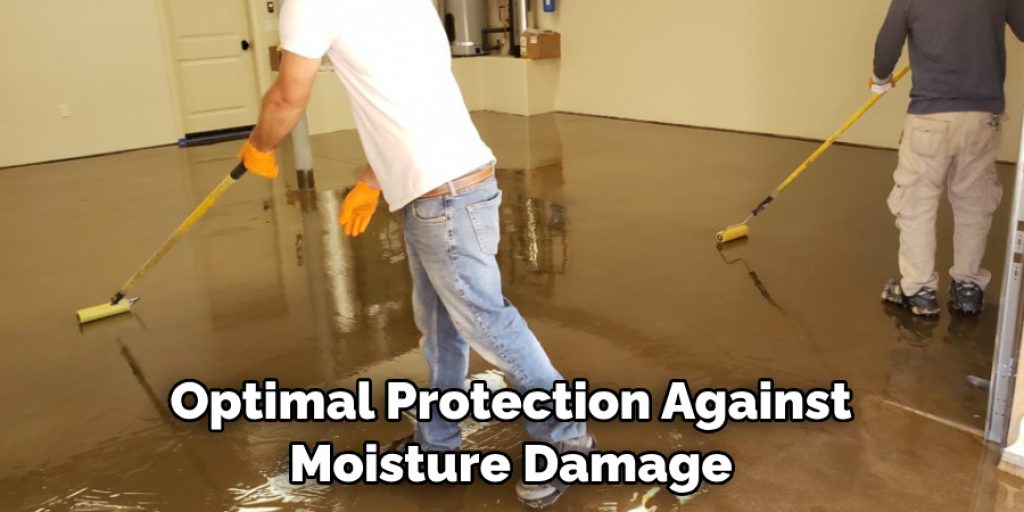
Conclusion
Moisture prevention is a key factor to consider when installing or maintaining any concrete floor. Following the preventative measures discussed in this article can help you reduce the risk of moisture-related problems down the line.
From installing a vapor barrier to choosing polished concrete, there are plenty of options available depending on your needs and budget. Ultimately, consider your usage and environmental factors to choose the most appropriate solution for your unique situation.
Using these tips on how to prevent moisture problems on concrete floor will help ensure that you don’t have any premature failure or costly repairs down the road with your concrete flooring. With proper maintenance and organization, you can be confident knowing that moisture won’t be a problem in your home or business. Investing in the right precautions now can save you time, money, and stress in the future.

